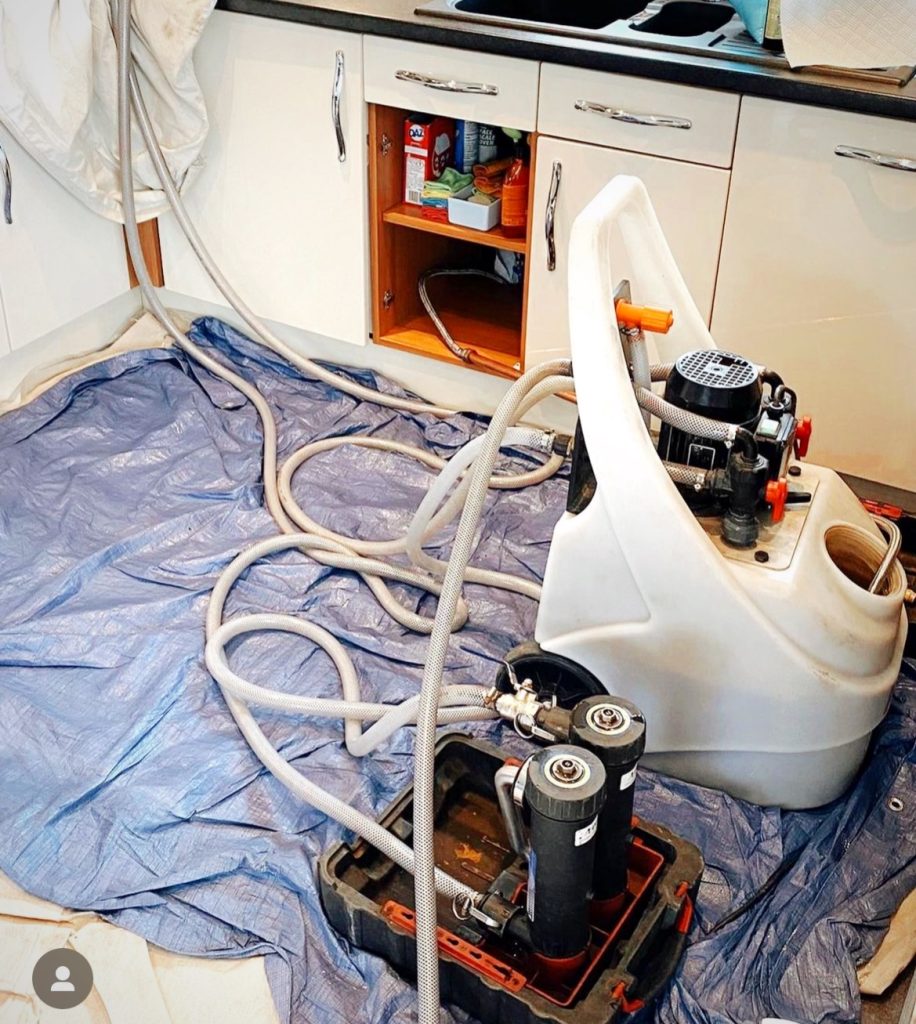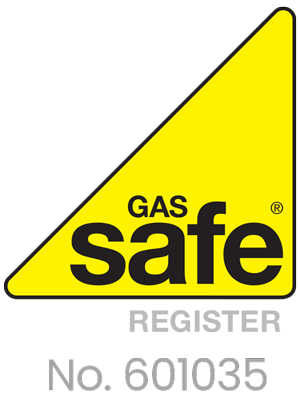What Does Bleeding a Radiator Mean?
Bleeding a radiator means releasing air that has become trapped in the heating system.Letting the air out will help heat your home more effectively.
When Should You Bleed a Radiator?
You can usually tell if your radiator need bleeding by feeling the surface of the radiator. If you feel any cold spots around the top of the radiator surface or your radiator doesn’t get hot at all the chance are you’ll need to take steps to remove the air by bleeding the radiator.
If Your Radiator is Making Noises
Another sign that your radiator may need bleeding is when you can hear a rattling or gurgling when you with on your central heating.
Easy Steps to Bleed Your Radiator
You will need- a radiator key, a cloth to catch any water leakage, a container/towel under the radiator and safety gloves to protect yourself against scolding hot water.
Warning – The water inside the radiator can be very hot, so take care not to scold yourself. Wear protective gloves and clothing.
- Turn off the heating and wait for the radiators to cool so the radiators aren’t too hot to touch.
- Place a cloth below the radiator bleed valve
- Locate the radiator bleed valve and ensure that the cloth/container is placed below to catch any water that may be released.Bleed valves are typically located in the top corner of the radiator and looks like a round hole with a square inside.
- Insert the radiator key and turn it anti clockwise. You should hear a hissing sound as the air escapes.
- Turn the key clockwise to close the valve when the hissing stops and water starts to leak out.
- Repeat this process for any of the radiators that need bleeding in your home.
- Check the boiler pressure. Sometime bleeding the radiators can lower your boiler pressure so be sure to check this after you finish bleeding your radiators.




